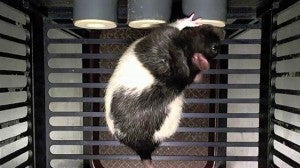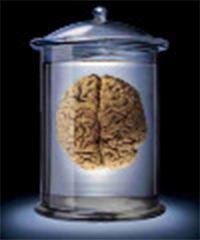My laboratory is interested in how neural circuits underlie decision making, particularly in the auditory cortex. To address these questions, we use a combination of computational, electrophysiological and imaging techniques at the molecular, synaptic, cellular, circuit and behavioral levels. We study how the cortex represents sounds, how these representations are converted into actions, and how they are modulated by attention, motivation and other cognitive variables. We mostly study rodents (both rats and mice) performing two-alternative choice tasks in which the subject uses sounds and other stimuli to make a decision. Our behavioral approaches are inspired by work in awake behaving primates, but we use rodents as the model system, we can exploit the full armamentarium of modern cellular and molecular neuroscience techniques.
In the second major line of work in my lab we are developing new methods for determining the complete wiring instructions of the mouse brain at single-neuron resolution, which we term the “Connectome.” Our idea is to convert the problem of the connectome (ie figuring out which neurons are connected to which other neurons) into a problem amenable to sequencing. In contrast to previous methods, which make use of microscopy, our methods exploit high-throughput DNA sequencing. Because the costs of DNA sequencing are plummeting so rapidly, these methods have the potential to yield the complete wiring diagram of an entire brain for just thousands of dollars. I hope that this approach will revolutionize neuroscience.
Over the last decade, artificial neural networks (ANNs) have revolutionized artificial intelligence (AI). ANNs, which were inspired by real biological networks, have achieved superhuman performance on some tasks, such as chess and Go, but along most dimensions— language, reasoning, common sense—they cannot approach the cognitive capabilities of a four-year old. Perhaps even more striking is that ANNs remain even further from approaching the abilities of simple animals. Many of the most basic behaviors—behaviors that seem effortless to even simple animals—turn out to be deceptively challenging and out of reach for AI. My lab is interested in applying insights from real neural circuits to build better AI.



